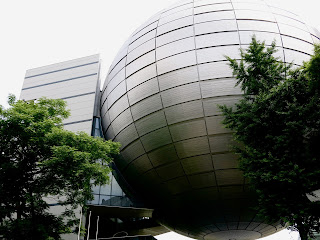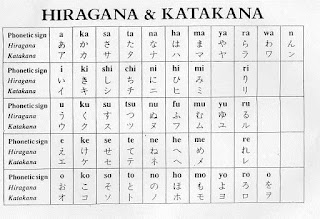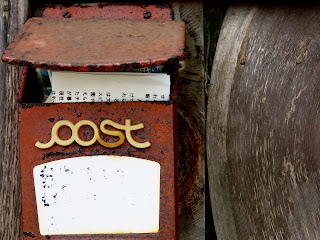Shocking, I Know
As I'm writing this, I'm actually working on a reflective essay for my uni, but it's got me thinking a little bit about culture shock. Prior to leaving for Japan, I was very anxious. I was told by lots of people that I would experience culture shock and, whilst that's totally ok, it was also something I should be prepared to experience. The truth is though, now that I think back, I don't think I ever really experienced culture shock. If you do a bit of reading online, you will quickly see that culture shock is usually broken down into stages ( thanks Wikipedia ): The Honeymoon Stage: Every little thing is amazing and exciting and life is as if you were looking through rose tinted glasses. You may remember this phase from your last relationship The Negotiation Stage: The honeymoon period is over and all those little quirks that you used to love now kind of piss you off and remind you of how they were better back at home. This is the phase most commonly referre



